Busy traffic at the Carrow Road junction with King Street today – colour photos ©The Eye Snapper
–<<xx>>–
Many thousands of our pounds have been spent altering the road network in Norwich in the last twelve months with the aim of reducing the blight of motorised traffic in residential areas, and creating improved public spaces in the city centre.
This has put a greatly increased traffic pressure on parts of the road network, particularly the Ring Road and streets leading to it. Some junctions have been greatly improved, such as the junction of Finkelgate and Queens Road. Others have not.
Another stated aim of the engineers has been to improve the facilities for cyclists and pedestrians. The works have yielded very mixed results in this regard, with a few improvements but too many missed opportunities and too often a gradual or serious deterioration of infrastructure quality. Local cyclists are mystified by many of the changes, and left with a strong suspicion that there are no real cyclists in the traffic engineer staff. Carrying out expensive remodelling on Rouen Road and Thorn Lane, both featuring steep gradients, is of little use to the majority of cyclists, while the key cycle route (and National Cycle Route number 1) along King Street remains a dangerous mess of bad surfacing, potholes, building work hazards and sunken ironworks which the contractors could not be bothered to lift and re-align when the road was recently and badly resurfaced.
The biggest problem in this area is the appalling junction between King Street and Carrow Road. With the closure of All Saints Green to through traffic many more drivers are facing the necessity of using Rouen Road and King Street to enter and exit the city centre.
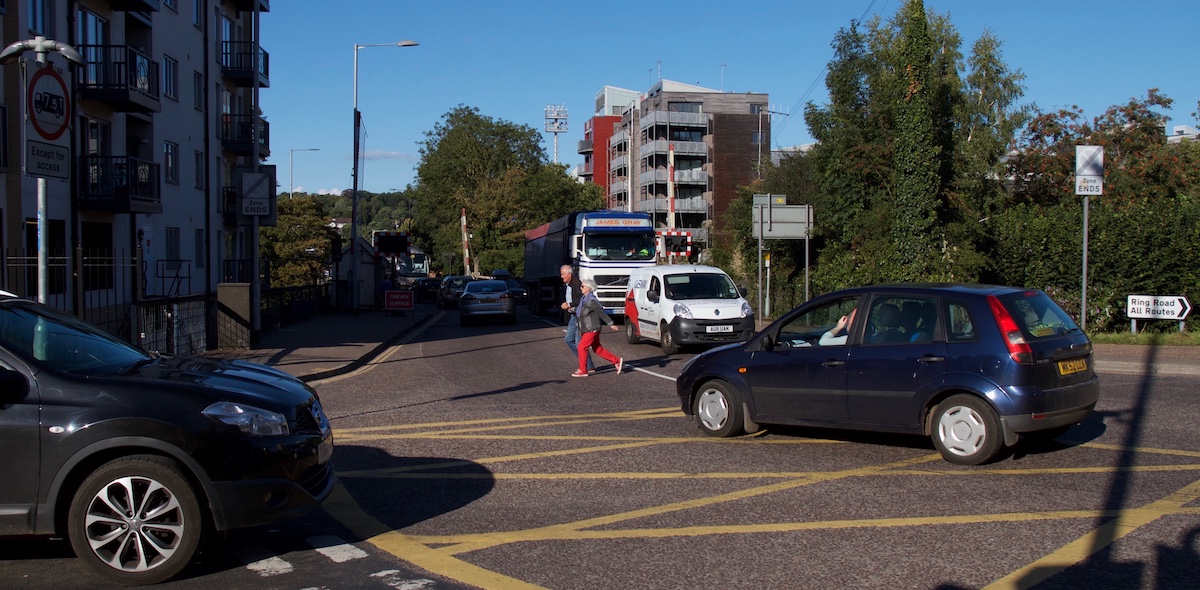
An elderly couple dash through the busy traffic today to cross Carrow Road.
Traffic along the A147 Inner Ring Road along King Street (from Bracondale) and Carrow Road, over Carrow Bridge, is always busy yet vehicles and cyclists trying to leave the section of King Street from Rouen Road have a near impossible task in trying to safely exit the junction. The difficulty for drivers also puts pedestrians at grave risk, as they concentrate so intently on springing out into one of the few gaps in the busy traffic that they simply do not look out for pedestrians trying to cross. It is a particularly challenging junction for new or unconfident drivers trying to leave the city at busy times, causing long tailback queues that often stretch way back up Rouen Road.
Norfolk County Council know there is a serious problem with this junction, which might explain why in 1984 they purchased and demolished the solid and workmanlike public house on the corner of the junction, the Jolly Maltsters, in order to construct a roundabout at this key junction. Their neglect of this long overdue traffic measure is exceeded only by their shameful neglect of Carrow Bridge House, the historically important Harbourmaster’s house next to Carrow Bridge, now in such poor repair that the longstanding tenant will have to be re-housed. It is not unreasonable to expect that 33 years after demolishing the pub the improved safer junction should have been prioritised over some of the decorative accretions to other city streets.
Thirty-three long years of traffic chaos later the junction remains an unimproved, chaotic and dangerous mess. There is a petition pleading with the County Council to make this junction safer, here: http://bit.ly/2vN2Tda
The serious neglect of safety at this junction reflects unfavourably on the political mess behind traffic planning in Norwich. Funding and overall management of highways matters rests with the County Council, an authority that now, as for most of its life, consists of a single party majority of Conservative councillors not one of whom is elected by Norwich voters. Norwich City Council has an agency to carry out some works, but is seriously underfunded by Norfolk County Council and has to struggle to reflect local people’s priorities in managing the City’s traffic infrastructure.
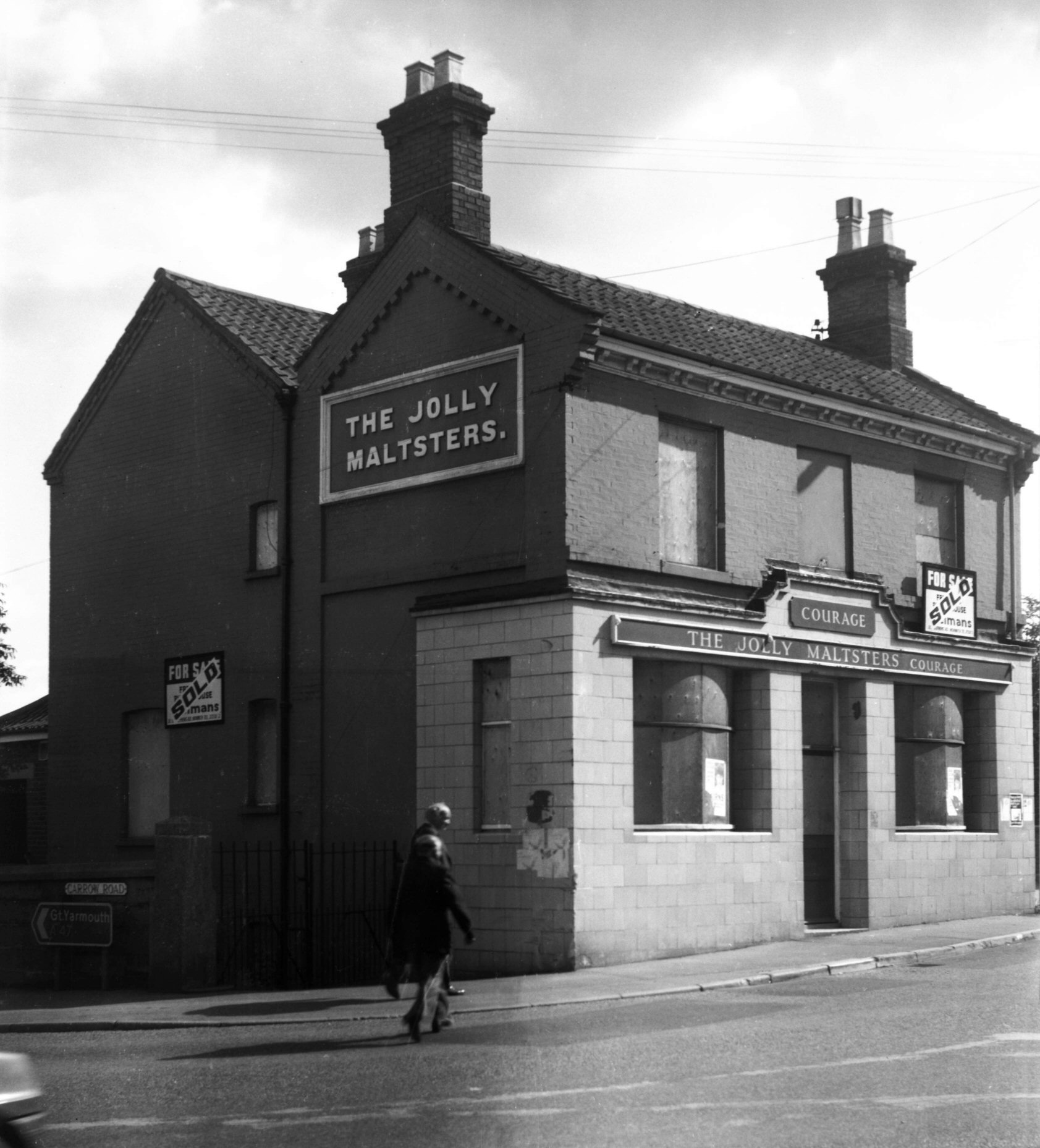
The former Jolly Maltsters pub – photo from George Plunkett collection, used with the kind permission of the collection archive.
One immediately obvious sign of the failure of this arrangement can be seen in the current ‘chips and tar’ wave of resurfacing roads within the city centre. The County Council boasted of spending £10.4million on this ‘surface dressing’ in an April press release. Whilst this technology might be adequate for a bumpkin back lane that sees two tractors a day maximum it is profoundly unsuitable for busy city centre roads. It does nothing to address the damage from years of neglect, creates mountains of dangerous stone chips and fails completely in some applications. The stretch of Colegate between Duke Street and Coslany Street shows just how bad this technique is, with a far worse road surface, particularly for cyclists, than existed previously.
We regularly receive council communications full of blandishments about the health benefits and environmental advantage of cycling, but the reality is that too many of our city roads are increasingly hazardous, uncomfortable and dangerous for cyclists. We also expect our highway planners to address known safety and congestion locations, and the junction of King Street and Carrow Road must be one of the worst. Norwich deserves better.
Please let us know what you think, in the comments below.
© Julian Swainson 2017


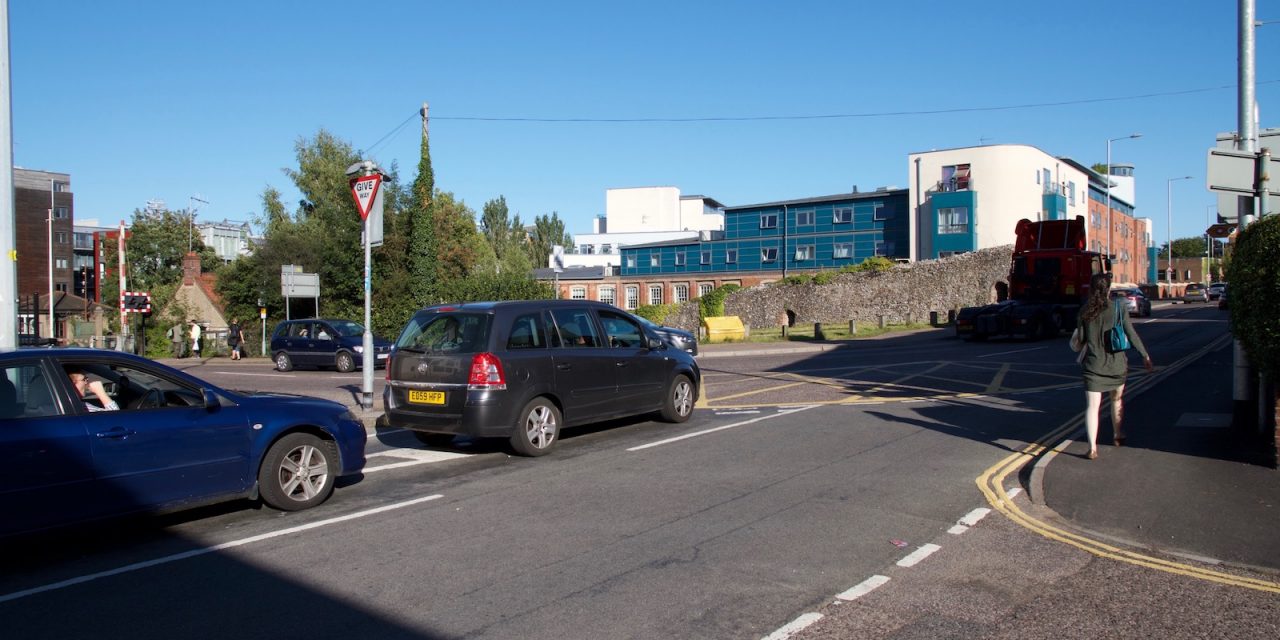



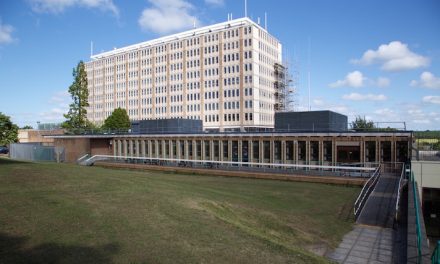
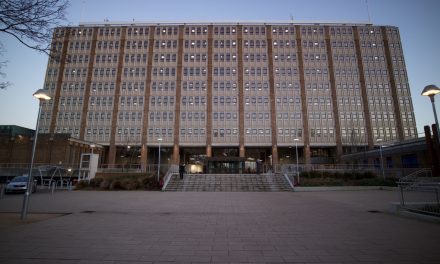
Recent Comments